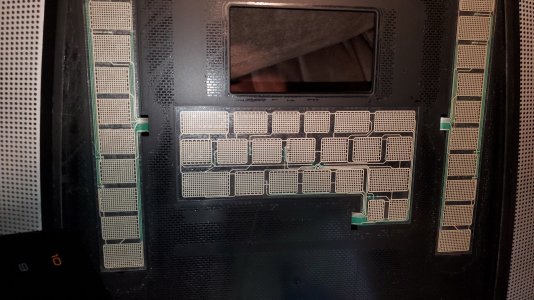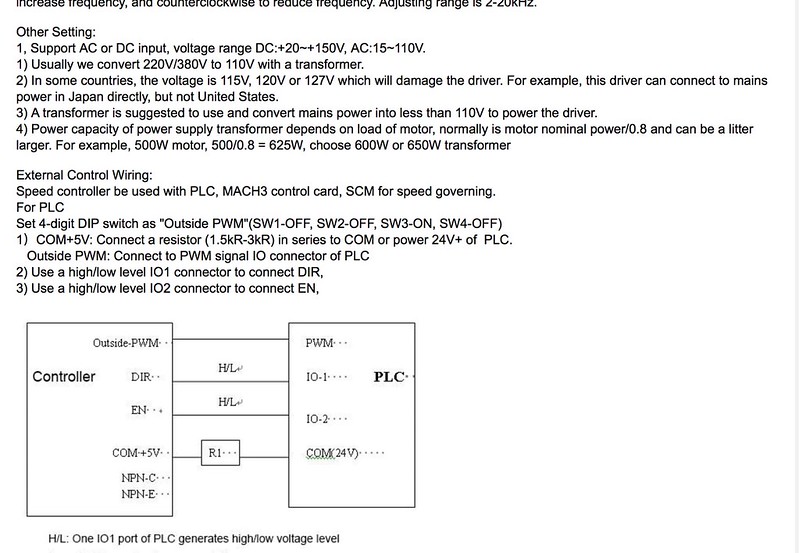So, digging deeper.
Since I don't need a treadmill, I decided to take apart the console to see what was going on in there.
The treadmill is a Nordictrack T6.5S. It has a lot of bells and whistles on the control panel. It has presets and iPod input and even a crazy interface that allows you to pick different spots all over the world to simulate the terrain.
AKA, a ton of needless BS.
On the left side of the console is 10 different incline presets. And a manual up/down button. Don't need that.
On the bottom is a bunch of different presets for workouts. Don't need those
On the right side is 10 presets for speed. HMMM.... There's also a speed up and speed down setting.
Then there's a volume up/down function and a start/stop button.
![nordictrack-t6-5-treadmill-ntl17915-7-3[1].jpg nordictrack-t6-5-treadmill-ntl17915-7-3[1].jpg](https://www.hobby-machinist.com/data/attachments/291/291676-4b93c9bc128ae155f3e48373d3bcb548.jpg)
The "buttons" are just membrane buttons. All in all, there's a main trace (fancy word for electrical connection) and then a handful of returns. These can be turned into momentary buttons.

In essence, it's possible to use the 5"X8" circuit board as the motor controller. Why do I want to do this? Assuming that the tackometer built into the belt is actually returning input to the driver to maintain speed vs load, then this would be able to maintain spindle speed under load.
Why would I NOT want to use this? It's a frikkin treadmill screen. It won't tell me RPMs or anything like that. It will also, presumably, only keep track of speed as predefined AS a treadmill.
Now, it wouldn't be too difficult to figure out how to add the tack to a spindle but it would never read RPM. It would read MPH. I'd need to add a chart to translate RPM to Spindle speed.
That's all UNLESS, I just abandoned the readout on the console and, instead, just put a tach on the motor (or spindle) and used an exterior display for that.
Given that option I'd just need to figure out the startup routine on the controller board and then either simulate that, or add buttons to make it work like this
1) Push start button
2) Select Speed preset or increase speed manually
3) Press stop button
It would be easy enough, I guess, to have a rocker for the start and stop, like normal.
Then 12 buttons, total, for speed. Or a rocker for increase speed, and a rocker for decrease speed, and a 10-stop dial switch for the 10 different presets.
All, just to allow the tach to maintain speed under load.
Decisions, decisions.



![nordictrack-t6-5-treadmill-ntl17915-7-3[1].jpg nordictrack-t6-5-treadmill-ntl17915-7-3[1].jpg](https://www.hobby-machinist.com/data/attachments/291/291676-4b93c9bc128ae155f3e48373d3bcb548.jpg)
